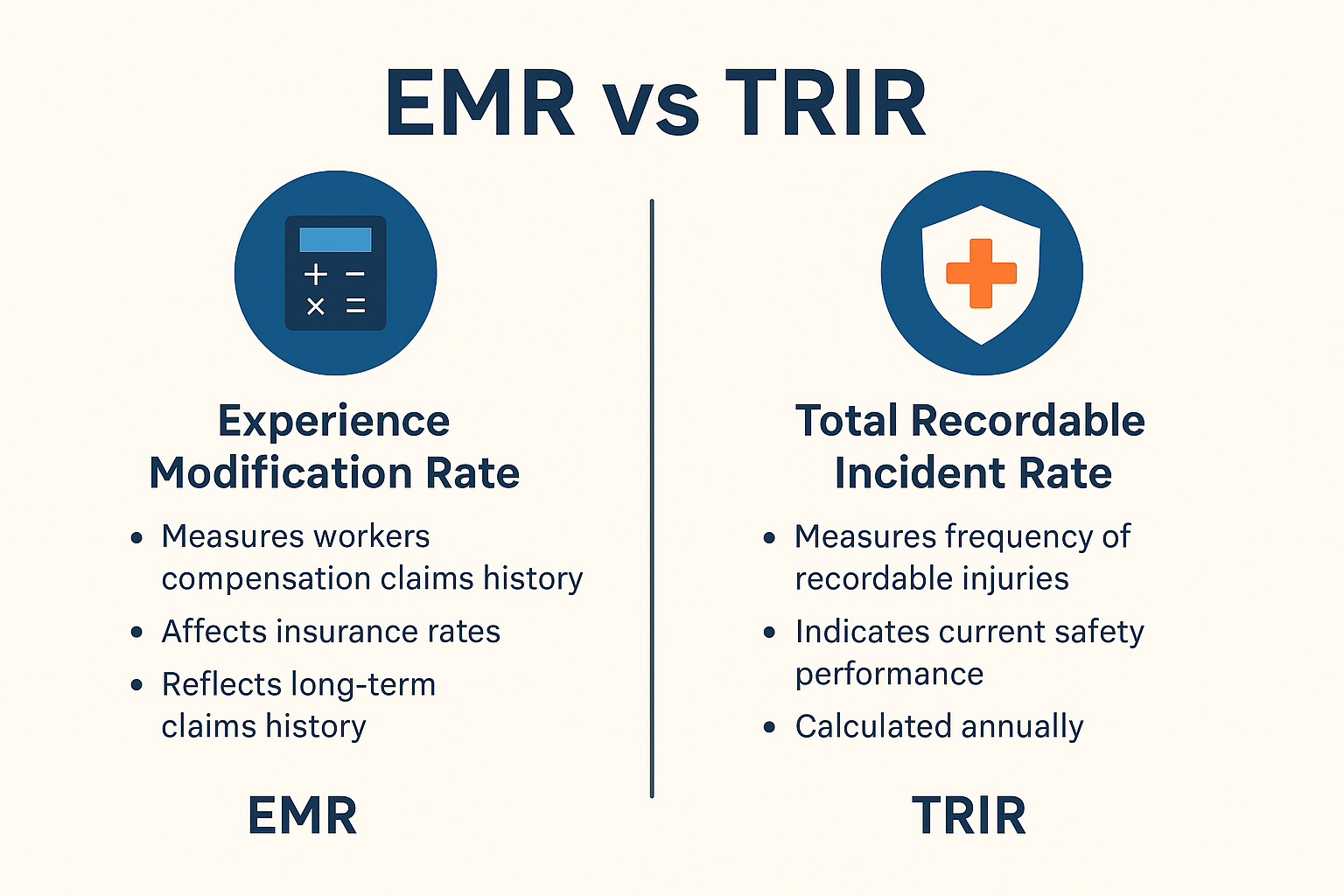If you employ drivers who operate commercial vehicles, maintaining a proper driver qualification file isn’t just a formality; it’s a federal requirement. When it’s done wrong, it can open the door to violations, fines, and U.S. Department of Transportation (DOT) audit failures.
The driver qualification file, or DQ file, is how employers prove their drivers are safe, trained, and legally eligible to be on the road. It applies to more than just Commercial Driver’s License (CDL) drivers and includes documents that have to be reviewed and updated on an ongoing basis.
Need a primer on what it is and what’s included in a DQ file checklist?
In this guide, we’ll cover all you need to know to stay compliant.
What Is a DQ File?
A driver qualification file is a collection of documents that show a driver is legally and medically qualified to operate a commercial motor vehicle (CMV).
It’s required by the Federal Motor Carrier Safety Regulations (FMCSRs) and must be maintained by motor carriers for both the driver and the Department of Transportation auditors to review at any time.
The DQ file applies to CDL drivers, many non-CDL drivers, and anyone who regularly operates CMVs for a company. It includes everything from the driver’s application for employment and driving history to their medical examiner’s certificate and road test results.
Who Needs a DQ File?
If your company employs drivers who operate commercial motor vehicles (CMVs), chances are you’re required by law to maintain a driver qualification file for each one. But there’s often confusion about who exactly falls under this rule.
Here’s how to break it down:
CDL Drivers
All CDL drivers must have a DQ file. This includes any driver who operates vehicles requiring a Class A, B, or C license under DOT definitions, like trucks hauling large loads, hazmat materials, or longer combination vehicles.
Non-CDL Drivers Operating CMVs
A full DQ file is still required if a non-CDL driver operates a vehicle that meets the DOT definition of a commercial motor vehicle, such as:
- A vehicle weighing over 10,000 lbs.
- A vehicle transporting 9–15 passengers (including the driver) for compensation
- A vehicle used in interstate commerce that transports goods or passengers, if this vehicle meets any of the CMV definitions (weight, passenger capacity, or hazardous materials)
Multiple Employer Drivers
If a driver operates for more than one motor carrier, each employer must maintain a DQ file, unless a shared employment arrangement is documented per FMCSA guidelines.
New Hires or Rehired Drivers
Even if the driver held a similar job recently, a driver’s DQ file must be newly created or updated at the time of hire, including gathering a new motor vehicle record (MVR), updated medical examiner’s certificate, and employment history.
If you’re unsure whether a driver qualifies, the safest approach is to assume they do and build a complete file. The cost of missing documentation can show up fast in the event of a DOT audit.
DQ File Checklist: Required Documents
Every driver qualification file must include a specific set of documents that verify a driver’s identity, medical status, training, and driving history.
This includes the following:
Driver’s Application for Employment
A signed driver’s application that includes three years of employment history (ten if the applicant held a CDL) and disclosure of all driving experience and violations.
Motor Vehicle Record From Each State
You must request the motor vehicle record from every state licensing agency where the driver held a license in the past three years.
Road Test Certificate or CDL Copy
Drivers must either complete and pass a road test, resulting in a road test certificate, or present a valid CDL in lieu of testing. The certificate should be signed and dated by the evaluator.
Medical Examiner’s Certificate
Also known as a med card, this proves the driver was examined by a certified medical examiner listed on the National Registry. This medical certificate must be renewed regularly and kept on file.
Driver’s Training Certificate (if Applicable)
If the driver operates certain types of CMVs (e.g., tankers, hazmat, passenger vehicles), additional driver training certificates may be required.
Verification of Previous Employment
Employers must contact a driver’s previous employers from the past three years to verify employment, including questions about safety performance, drug test results, and accident history.
Drug and Alcohol Testing Program Enrollment
All CDL drivers must be enrolled in a DOT-approved alcohol and drug testing program. Documentation proving enrollment or testing is required.
Annual Motor Vehicle Report Review
The employer must pull and review an updated MVR annually. The review should be documented with a signed annual review form and stored in the file.
Annual List of Violations
Each year, both the driver and employer must complete and retain an annual list of all moving violations and citations.
Record of Driving License
A photocopy of the driver’s license, including all active CDLs and any other motor vehicle operator’s license, should be included and updated if renewed or changed.
Additional Documents (as Applicable)
Some drivers may require further documentation based on their role:
- Proof of longer combination vehicle training
- Medical waivers (if applicable)
- HIPAA-compliant healthcare compliance records (if operating in sensitive environments)
- Notes from limited-access MVRs or special approvals
Stay Ahead of Compliance With EHS Momentum and MyMomentum
Maintaining a complete and compliant DQ file isn’t just about avoiding fines. It’s about running a safer, more organized operation. But with so many regulations, forms, and deadlines, it’s easy to fall behind.
That’s where EHS Momentum comes in.
As a leading compliance and safety consulting firm, EHS Momentum helps motor carriers simplify their processes, improve safety practices, and meet DOT and FMCSA standards with confidence.
The EHS Momentum Difference: MyMomentum
At the core of our approach is MyMomentum, a cloud-based platform designed to manage safety documentation, audits, and qualification records, including driver qualification files.
It’s built for real-world use, with features that let you:
- Track MVRs, medical certificates, and CDL licenses by driver
- Upload and organize documents like the driver’s application, road test certificates, and employment history
- Set automated reminders for expiring records and annual review dates
- Store everything securely with limited access permissions for privacy and control
- Quickly generate compliance-ready files for audits and inspections
Whether you’re managing five drivers or 500, MyMomentum gives you the tools to stay compliant, streamline recordkeeping, and protect your business from unnecessary risk.
Want to see how it works? Schedule a demo of MyMomentum and take control of your compliance processes before the next audit shows up.
FAQs About DQ File Checklist
What must be in a DQ file?
A driver qualification file must include the driver’s application, driving record (new MVR), med card from the national registry, road test or CDL copy, safety performance history from previous employers, training certificate (if required), and proof of drug and alcohol testing enrollment.
What needs to be in a DOT file?
For DOT-regulated employers, the following documents are required in the driver’s file: pre-employment screening, road test or equivalent certificate, driver’s employment history verification, and current MVR. Files must be kept in a secure location and available for review.
What DQ file contents can be discarded after 3 years?
Motor carriers can discard documents like prior employment verifications, violations, and safety performance history after three years, unless the driver is still actively employed, in which case, certain records must be retained longer.
What is DQ compliance?
DQ compliance means that a carrier has created and maintained complete, accurate driver files in accordance with federal regulations. It confirms each driver has been properly screened, successfully completed the required steps, and remains qualified to operate under FMCSA rules.







